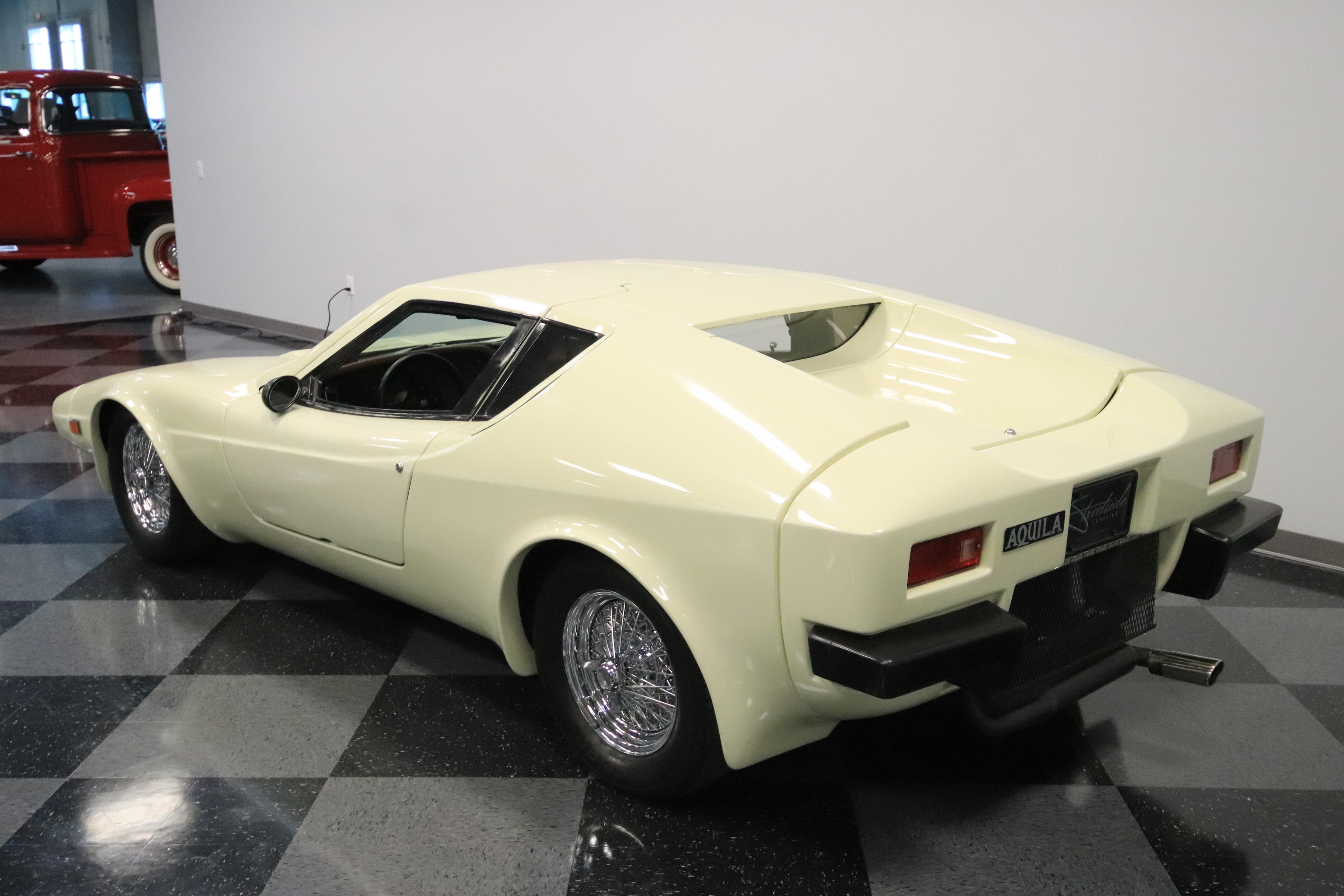Following up on the A8 3.7 front-driver oddity I posted last week, today I’m going to look at a few of the cars that put Audi back on the map. 1996 was the year Audi brought the brand-new A4 model in to replace the aging B4 90. So successful was the A4, and so ubiquitous in the small German executive market today that you’d assume the early examples were far more prolific than they were, in reality.
Still, the A4 is credited with saving the company, at the very least for the U.S. market share. Is it true? Take this into consideration; Audi sold 18,960 A4s from the launch in late 1995 until the end of 1996. Doesn’t sound like much, does it? Toyota, after all sells about 400,000 Camrys every year for the last half-decade – and that’s in a market that very much no longer values the sedan. But in 1995, Audi sold a total of 18,124 cars including those early A4s. Go back a year, and the number was substantially lower; 12,575. Entering into the 2000 model year, Audi crested 100,000 A4s sold in the U.S. market. The proof was in the pudding. By the time the new C5 A6 launched, Audi’s sales had crested 65,000 units a year and they haven’t looked back. 1994’s sale figures represented 0.08 of the marketplace; today, Audi sells a still modest but sustainable 1.3%.
But while Audi and “quattro” are synonymous, like the A8 I looked at, a fair chunk of the early A4s avoided the extra cost of all-wheel drive and came configured as FronTrak models. About 7,000 of those nearly 19,000 1996 A4s were so ordered. The prolific nature of these cars, coupled with typical low Audi residual value, has meant that they’re hard to find in clean condition. So today I have two; one from the beginning and one from the end of the run. While both are white, it’s just about there where the similarities end:









